by Blaine Taylor
On June 6, 1944, as the massive Allied naval armada made its way from ports in England across the English Channel to launch the projected D-day invasion at Normandy, a German fleet sortie swept down from its home ports on the North Sea and from occupied Norway. Protected by its covering force of battleships, pocket battleships, destroyers, and schools of deadly U-boats, the heart of this attack force was a Nazi aircraft carrier quartet, equipped with their flying cargoes of Stuka divebombers and Messerschmitt Me-109 fighters.
As the Stukas swooped down from the skies on the Allied ships and troop transports, a mighty German naval victory was won, many Allied vessels were sunk, thousands of soldiers’ and sailors’ lives were lost, and the unthinkable happened. The Normandy invasion was repelled.
Six months after this battle, in which no Allied carriers were present, President Franklin D. Roosevelt lost his bid for re-election. The new president of the United States, Governor Thomas E. Dewey of New York, announced that his administration would seek a negotiated peace settlement of the war with Germany, but would fight on against Imperial Japan.
Of course, this story is fiction. However, it very well might have happened—but for the rivalry of two powerful, strong-willed men: Grand Admiral Dr. Erich Raeder of the Kriegsmarine (Navy) and Reich Marshal Hermann Göring, commander-in-chief of the Luftwaffe (Air Force). The bone of contention between them was the creation of a naval air arm that the admiral wanted and that the air minister was determined to prevent. The closest that Admiral Raeder came to having his way was on December 8, 1938, when the first of a projected Nazi aircraft carrier fleet of four, the Graf Zeppelin, named for Imperial Germany’s airship designer, Graf (Count) Hugo Zeppelin, was launched by Reich Chancellor Adolf Hitler at Kiel’s Germania Shipyards.
This initial vessel, code-named “A,” was to be followed by the launching of “B” on July 1, 1940, with commissioning by December 1941; both “C” and “D” were to follow, and all four were to be in action by July 1944. With the threat of the impending Allied invasion, however, it is not unlikely that Hitler could have speeded up construction had he wanted to, but this was forestalled by a Führer order on January 30, 1943, stopping all capital ship construction.
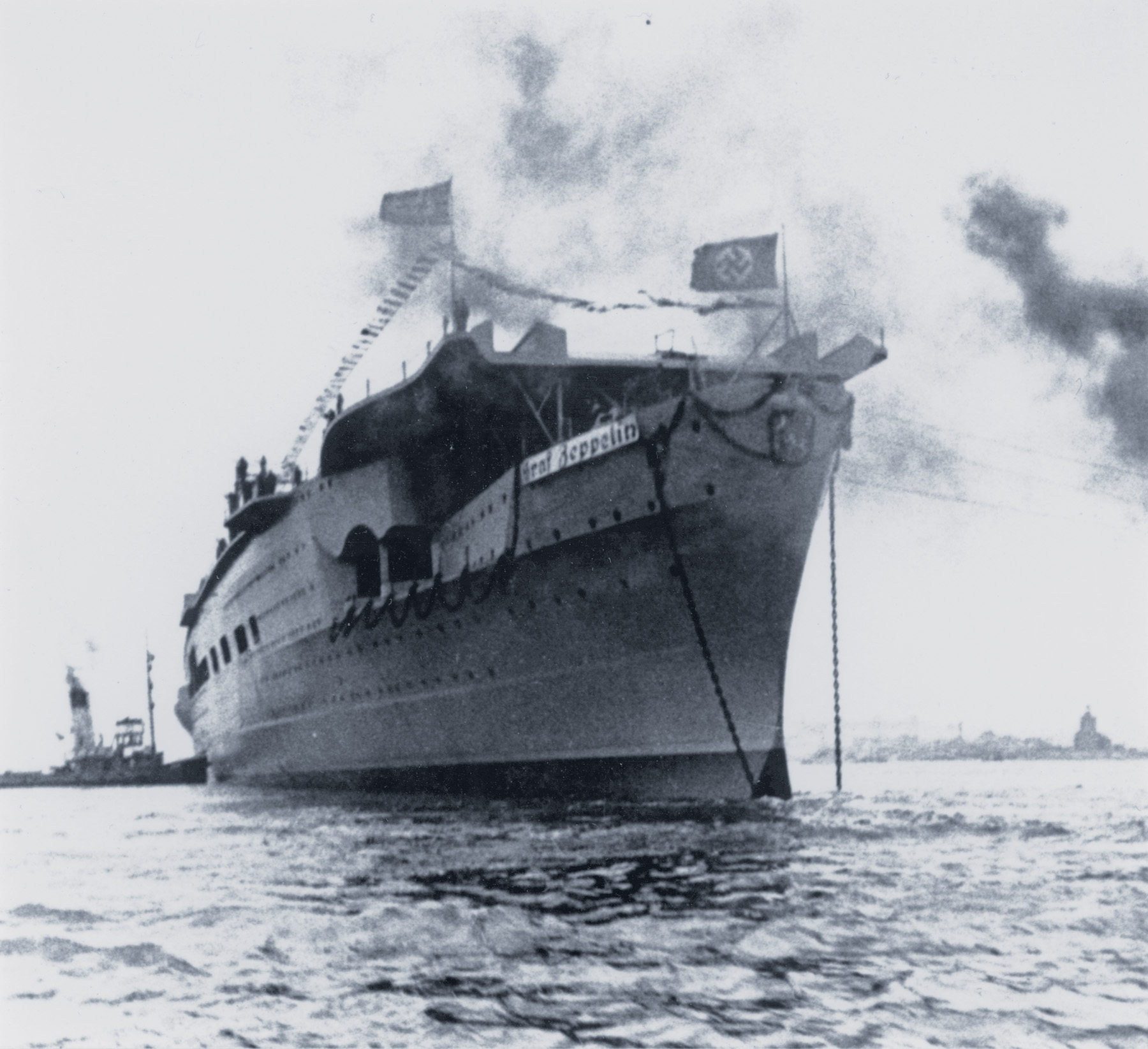
Göring’s Position on Nazi Aircraft Carriers? “Everything That Flies Belongs to Us!”
Raeder had been named the Weimar Republic’s fleet commander back in 1928. As he notes in My Life, his memoirs, “By 1932, we had completely designed, and had in model form, a multi-purpose plane for dropping bombs, mines and torpedoes, as well as a pursuit fighter plane. Also the Navy had developed a promising dive bomber design which was being tested for its intended use later on their Nazi aircraft carriers. The German Works in Kiel had built an effective catapult for shipboard use, and the Navy had under development and in the testing stage an airplane torpedo at the Eckernsford Torpedo Experimental Institute and a 2cm naval gun at the Oerlikon Company in Switzerland.”
Indeed, in 1933 when Nazi Reichstag President Hermann Göring became German minister of aviation in Chancellor Hitler’s first coalition cabinet, the question of creating a third service, the eventual Luftwaffe, was posed. Raeder had been studying this problem for some time. He knew that there was just such a third force in both Fascist Italy and Great Britain, while in Imperial Japan, Republican France, and the United States there were two basic aerial services, an army and a navy air force. Both of Japan’s were destroyed in World War II, while a separate U.S. Air Force was created after the war.
In Nazi Germany, however, Göring held the position that “Everything that flies belongs to us!” thereby pushing the envelope even farther. Not only would there be created the third service, but there would also be no separate air arm for the army, much less for its junior sister service, the navy.
The Power Struggle Between Raeder & Göring
In his memoirs, Raeder notes the differences between himself and Göring that were at the very heart of their power struggle of the first decade of the Third Reich. “Of all the men close to Hitler, however, Göring was the one with whom I had my most violent battles. We were perfect opposites, both personally and ideologically. While he might have been a brave and capable flier in World War I, he lacked all the requisites for command of one of the armed services. He possessed a colossal vanity which … was dangerous because it was combined with a limitless ambition….
“My belief was that Hitler deliberately loaded Göring down with tasks outside his service command in order to prevent the ambitious Marshal from becoming a dangerous political opponent. The natural result was that Göring had so many assignments that he could perform none of them properly.”
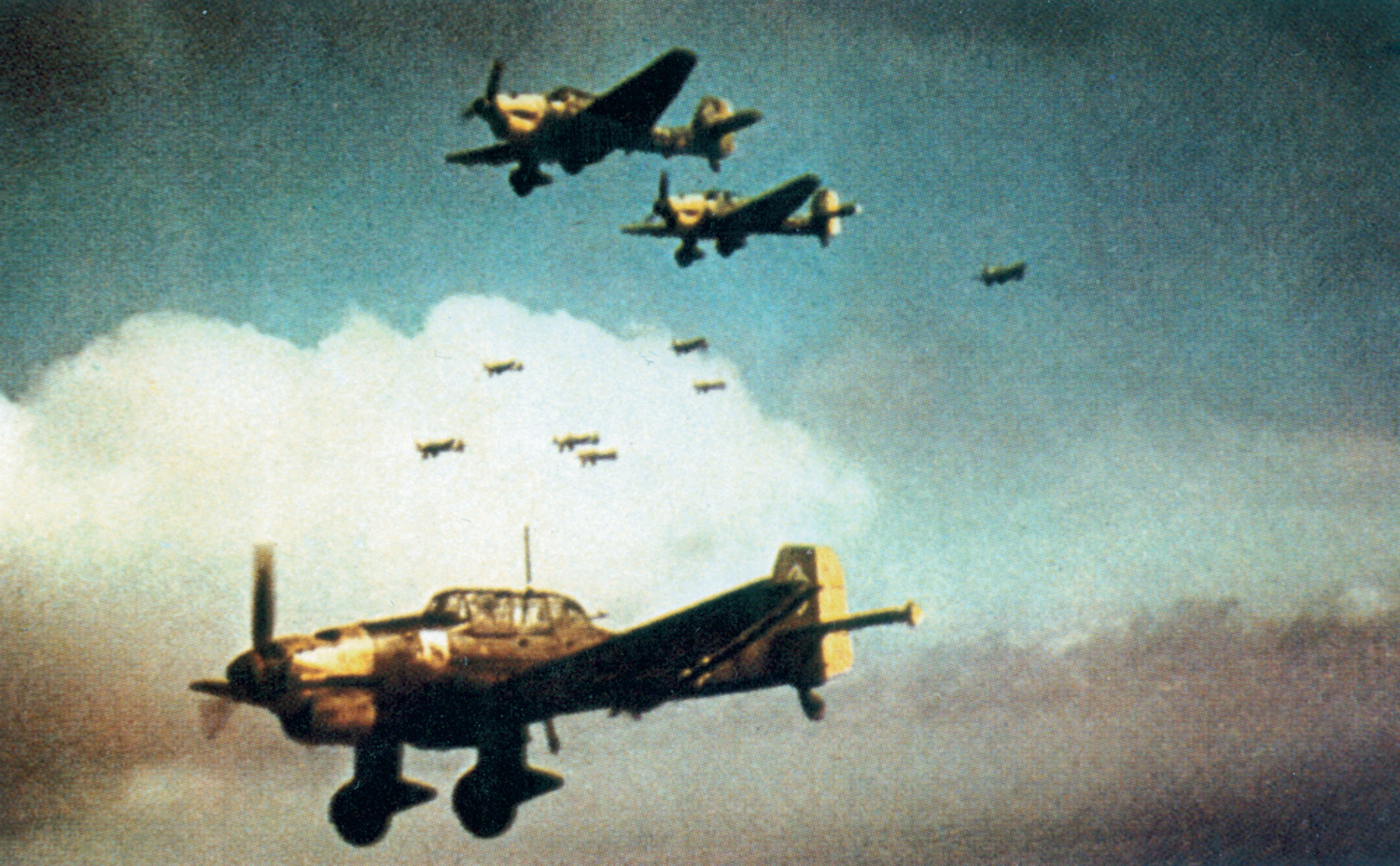
The Führer also used this methodology with his Reichsführer (National Leader) of the SS, the sinister Heinrich Himmler, to the same effect.
In My Life, the Grand Admiral devotes a full chapter to the battle for a naval air force, discussing in great detail the wide and varied differences between an air force that was merely protecting ships at sea and a thoroughly trained naval air arm for exclusive use with the Navy. He makes a good, well-stated case. Göring, though, did not see it this way, especially after 1940 when the Luftwaffe was land-based all around the oceans and seas upon which the Navy operated.
Since Göring was the Führer’s designated political successor, this gave him a better chance to gain Hitler’s ear, putting Raeder and his Navy at a distinct disadvantage.
Raeder’s Compromise Solution
For a time, Raeder sought a compromise solution with his rival and fought hard to work something out, but while he was sincere in these efforts, Field Marshal Göring was not. States Raeder, “The original 1935 plan was for 25 squadrons of about 300 planes total, but this force proved all too small. The following year the Navy included an increase to 62 squadrons in its plans, and so notified Göring.”
He replied that he was willing to set up an Air Force Command (Sea) that would be under Raeder’s tactical command, but would remain a Luftwaffe command strategically and in all other ways. This, Raeder declared, was unacceptable. “We held to our contention of 62 air squadrons for naval purposes until 1938, when we finally secured an agreement from Göring that these would be provided in two steps, the last to be completed by 1942.” However, even then the Navy’s request for its own separate air arm was denied.
Still, work proceeded apace at Kiel on the first aircraft carrier of the Third Reich, in hopes that either Göring would change his mind or that Hitler might overrule him. In 1935, the exploratory task of gathering information for such an undertaking had been given to 36-year-old Naval Chief Architect Dr. Wilhelm Hadeler. This followed the June 18th signing of the German-British Fleet Agreement that had allowed the future German Navy to be built up to 35 percent of the Royal Navy’s strength. In this way, it was hoped that a renewed naval race might be avoided, as well as a possible cause for another world war.
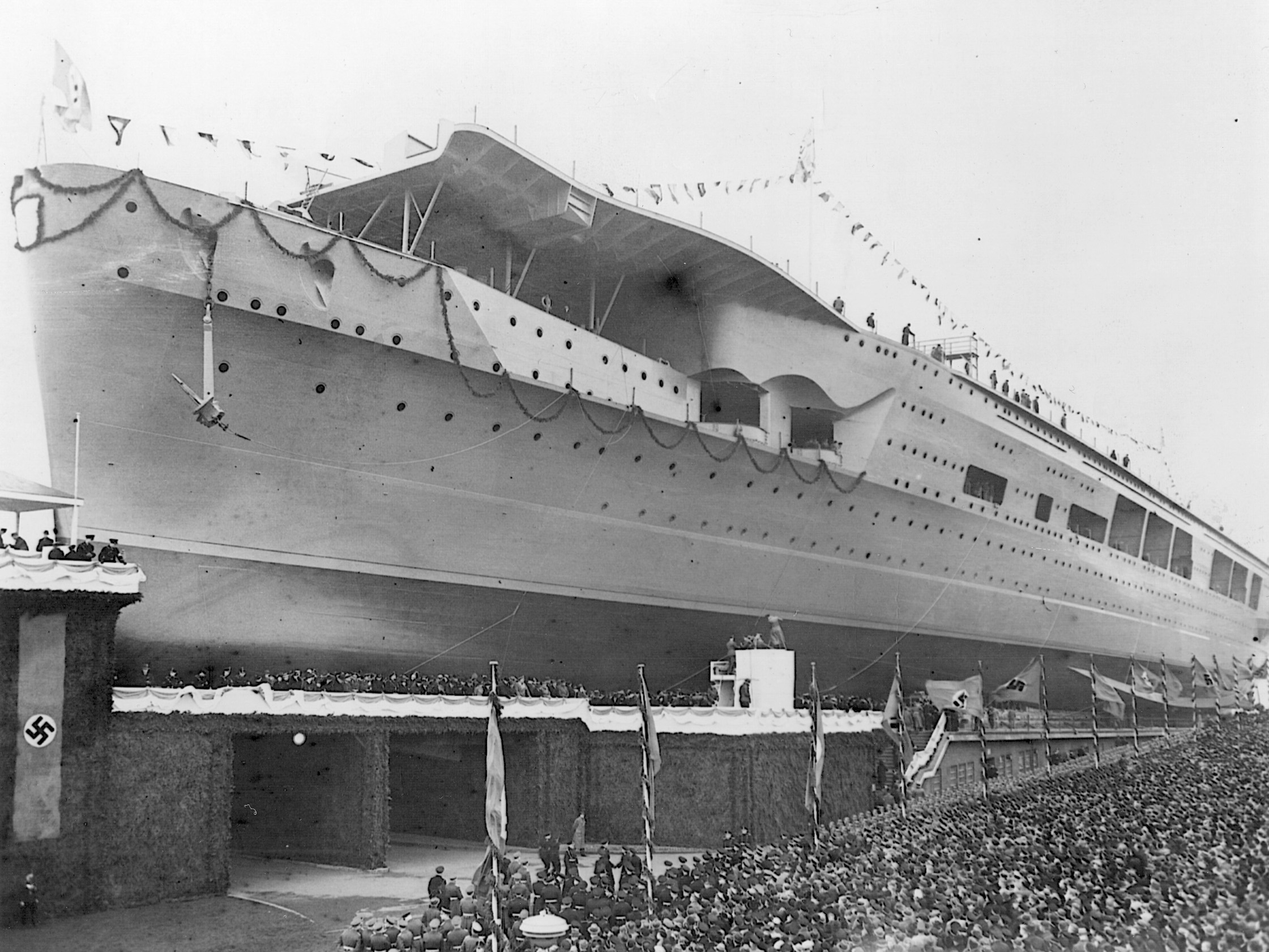
Developing the First Nazi Aircraft Carrier
In terms of Nazi aircraft carriers, therefore, Germany would be allowed 38,500 tons of construction, or two at 19,250 tons each; thus were born “A” and “B.” Preliminary determination work had already started on these two vessels during 1933-1934, when the Navy stated that it wanted a vessel that could travel at a speed of 33 knots, carry from 50-60 aircraft, be armed with eight 20.3cm guns, be armored like a light cruiser, and have a water displacement of about 20,000 tons.
Since the German Navy had never had an aircraft carrier in its inventory, Dr. Hadeler started his research from scratch, using as his first role models the British Royal Navy carriers Courageous, Glorious, and Furious, as well as the Japanese carrier Akagi, which was later used in the Pearl Harbor attack.
Ironically, the German Navy saw carriers as heavily armed escort ships for its capital vessels until well after both Taranto and Pearl Harbor had demonstrated that they, and not the battlewagons and cruisers, were indeed the sea weapons of the future. In 1935, however, Dr. Hadeler rejected both the British and Japanese designs and decided instead to build a German aircraft carrier with a longer flight deck. After a trip to Japan to review the blueprints of the Akagi, it was decided to add a third and central elevator with which to transport the aircraft to the flight deck. Once there, they would be catapulted into space and over the sea, not taking off under their own power, as was the case with the aircraft of other navies’ carriers.
The contract to build Graf Zeppelin was awarded on November 16, 1935, to the German Works Kiel AG (Incorporated), and the keel was laid on December 28, 1936, on slipway one. It was ready almost exactly two years later on December 8, 1938, for christening as the Graf Zeppelin by an official party in a festive mood. The group included Hitler, Göring, (who surprisingly gave the address), Raeder, Himmler, Deputy Führer Rudolf Hess, and his own deputy, Reichsleiter (Reich Leader) Martin Bormann.
Raeder’s Floating Warehouse
Despite the economic demands of the coming war for both iron and steel, under the four-year plan headed by Göring himself the Graf Zeppelin was 85 percent ready for sea by the time Germany invaded Poland on September 1, 1939. Indeed, the sea trials could have begun by the winter of 1940 when a halt was requested on April 29, 1940, by Raeder no less. The reason was that its gunnery was not yet ready for delivery.
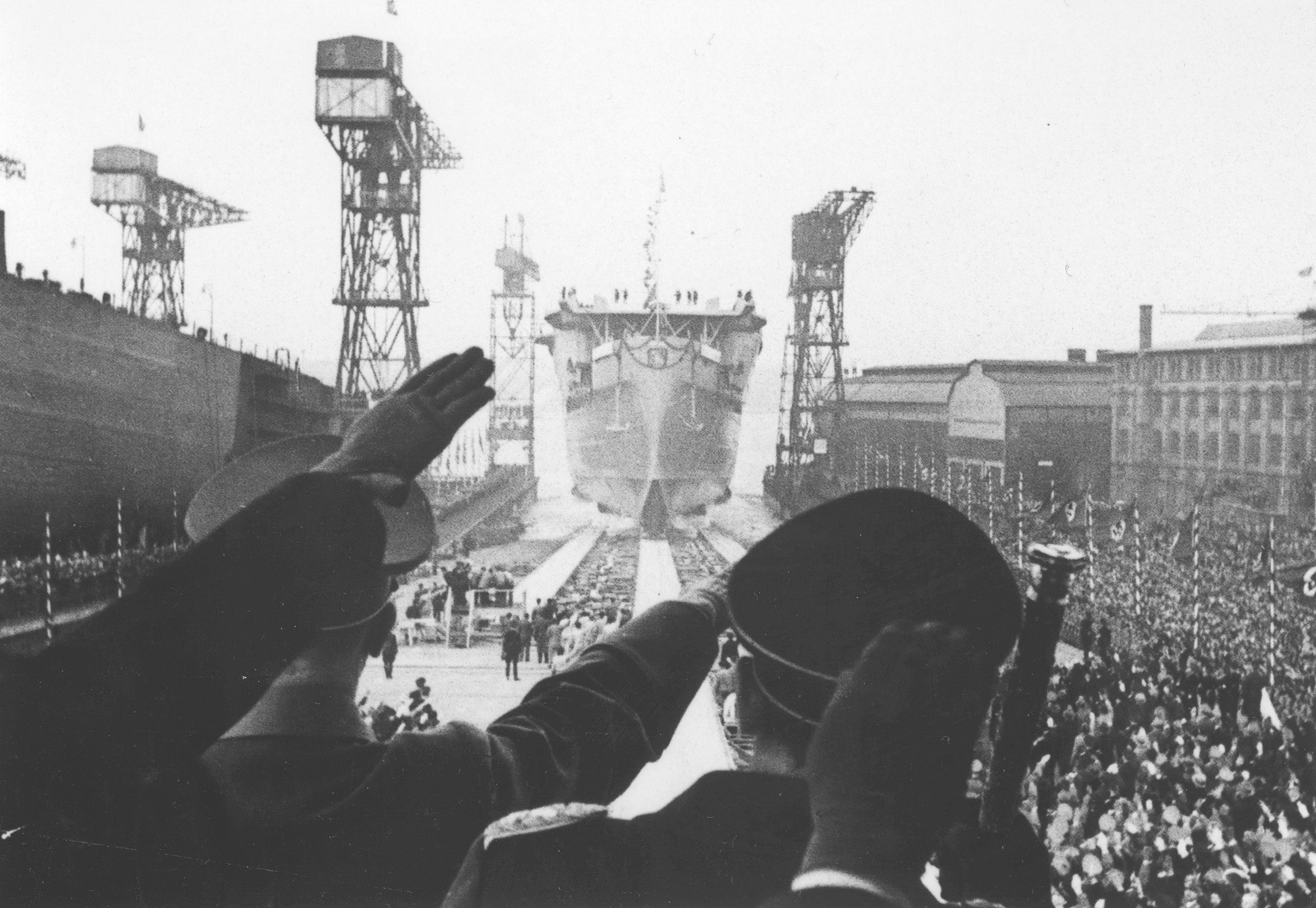
The heavy guns had been sent to Norway as shore batteries, the antiaircraft guns sent elsewhere, and the firing systems had been delivered to the Soviet Union under the terms of the August 23, 1939, Nazi-Soviet Non-Aggression Pact signed in Moscow. Thus, on July 6, 1940, the carrier was towed to Götenhafen to better ensure her safety from Royal Air Force bombardment. That very day, Hitler returned triumphantly to Berlin from his victorious French campaign. This was also five days after “B” was supposed to have been launched. In reality, the launching of “B,” “C,” and “D” was held up to see how Graf Zeppelin did in her sea trials, but she never put to sea with this in mind, much less taking aboard her planned aircraft complement. These were to include Junkers Ju-87 dive-bombers made infamous over Poland and France, but which had proven less than useless in the Battle of Britain, and sturdy Me-109 fighters for a total of 43 aircraft. Also considered but later deleted were the Fieseler 167 and Arado 195 biplanes for observation purposes. The Ju-87C was equipped with folding wings for easy storage and the type of landing hook that was typical of all aircraft-carrier planes of the period.
In 1939, both Nazi Germany and Fascist Italy, therefore, had no serviceable aircraft carriers, while France had one in service and two under construction, Japan had six and four being built, Great Britain’s Royal Navy had seven and six on the slipways, and the United States had five and two being built. By any measure imaginable, then, the Axis powers were hopelessly outclassed in this arena in European waters.
Meanwhile, at Götenhafen, Grand Admiral Raeder’s sole aircraft carrier was being used as a floating warehouse to store German hardwood supplies. He could not very well blame Göring entirely for this, but had to share some of the accountability for his nonusage of the warship in combat. On the other hand, both he and his land-conscious Führer suffered from the same dilemma as had their predecessor, Kaiser Wilhelm II. The Kaiser had built a formidable High Seas Fleet before World War I, only to fear having its prestigious capital ships lost at sea to enemy action.
An Ignominious End
In World War II, when pocket battleship Graf Spee had put to sea, it had been surrounded by the enemy and forced to scuttle itself off Montevideo; battleship Bismarck was sunk outright by enemy action, leading Hitler to decree that there would never be a battleship Hitler nor a Germania for reasons of national prestige.
What brought the matter to a head was the Battle of the Barents Sea late in December 1942, which had been a Royal Navy victory over the German Fleet in the Arctic. When Hitler heard this news over the radio and could not get a straightforward report from his own naval high command, he became enraged and demanded that Raeder report to him at his headquarters in East Prussia. There, in the presence of the other staff conference participants, the angry Führer dressed down his naval commander for over an hour.
The big ships were all to be scrapped, he roared, and their expensive naval armament to be transferred to the Atlantic Wall to help fend off the expected Allied invasion. As for the ships already under construction, that was to be halted as well.
Göring had always argued that his planes were being misused in guarding the big ships, and now he had gotten his way. Raeder resigned. In 1945, the Graf Zeppelin was scuttled by the Germans, only to be raised by the Soviets, taken home to Russia, and sunk in pieces during target practice—an ignominious end to the Nazi aircraft carrier program.
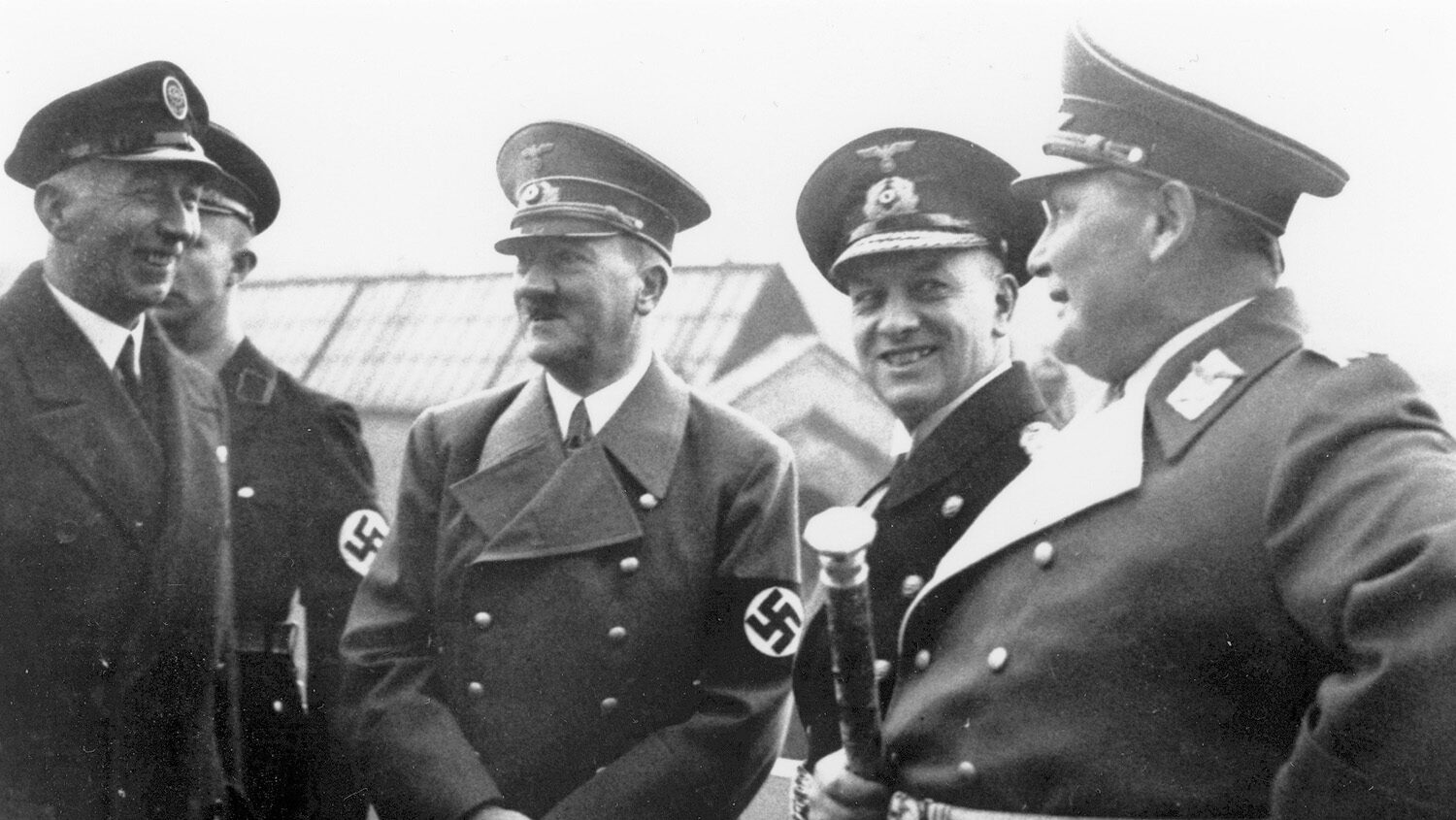
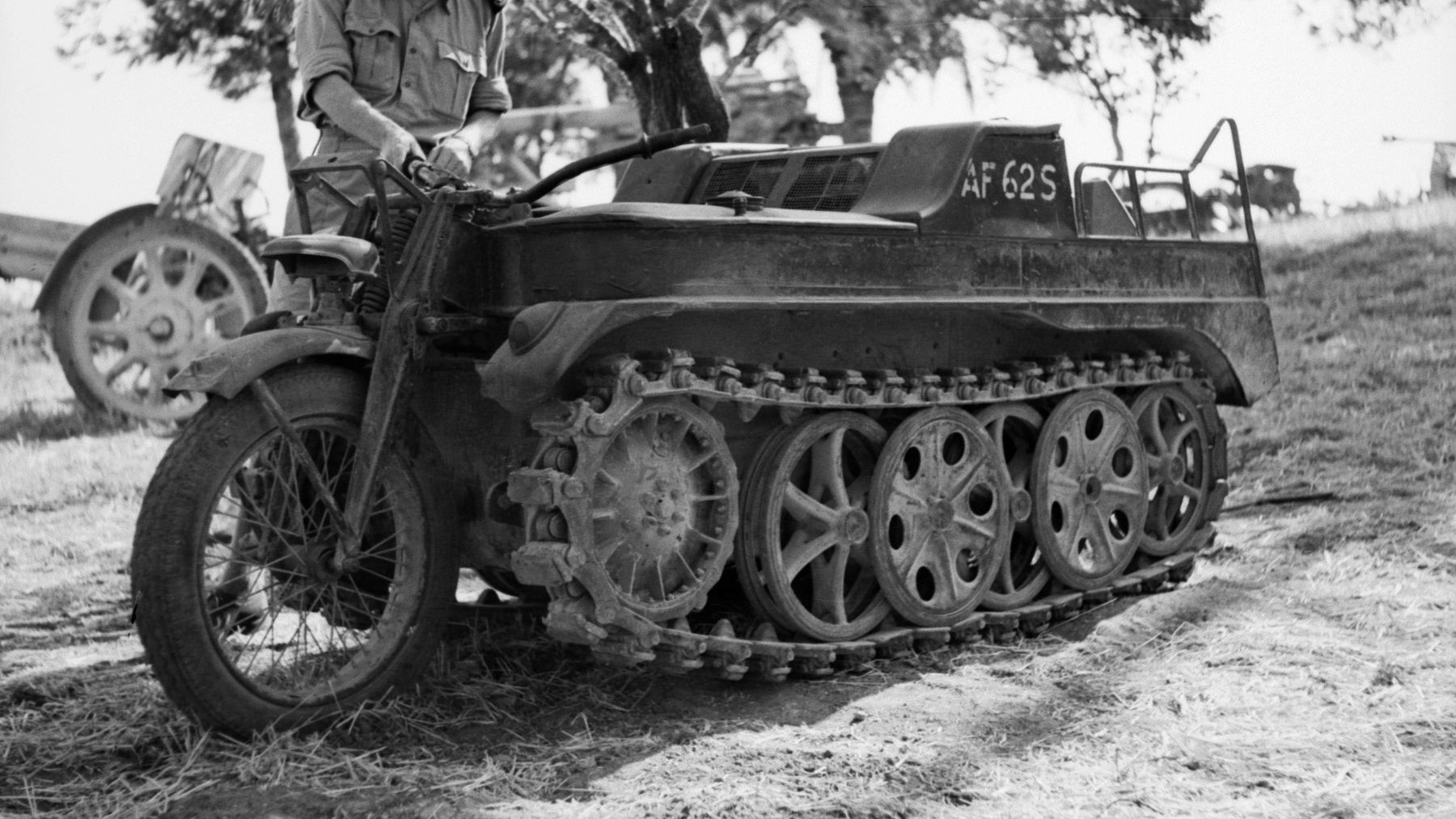
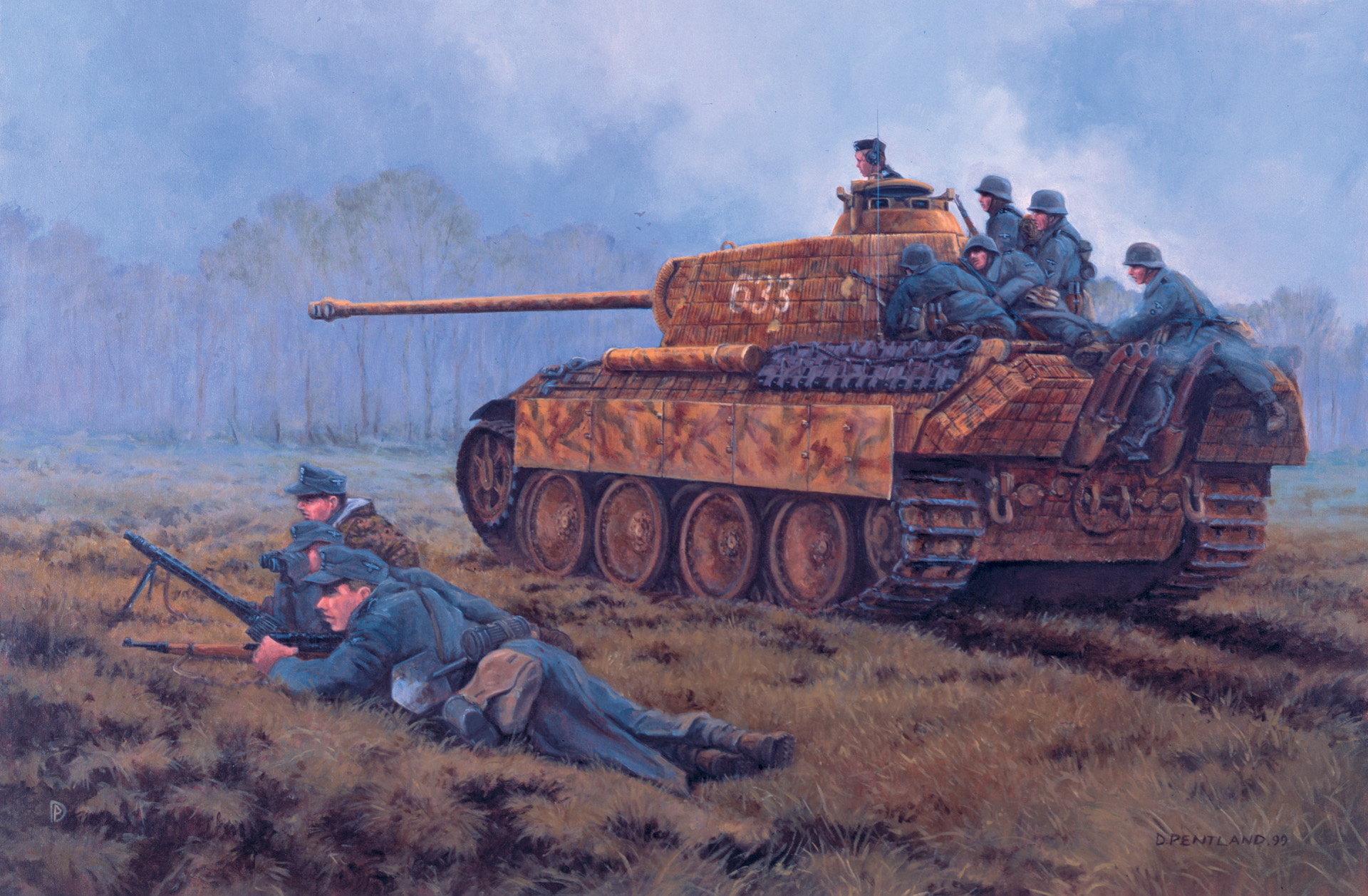
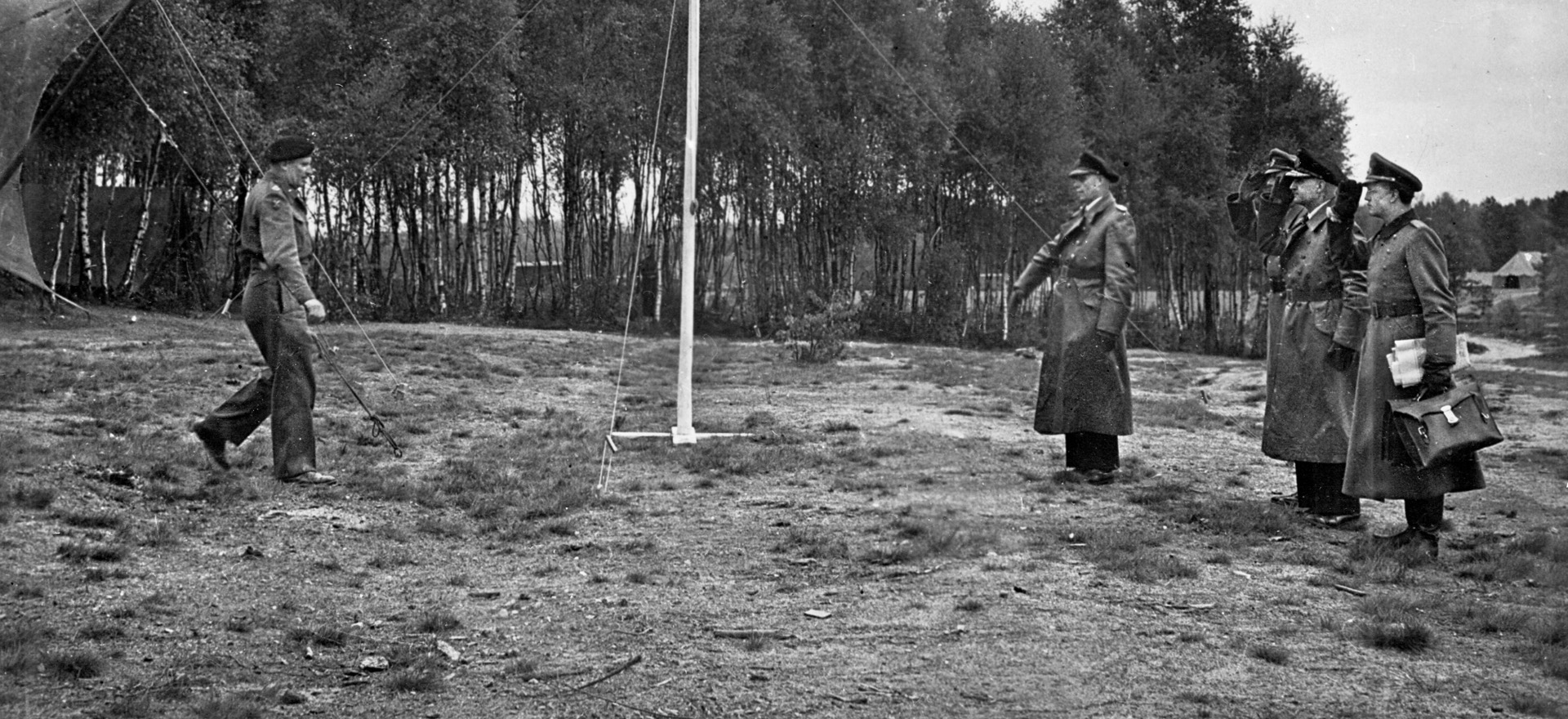
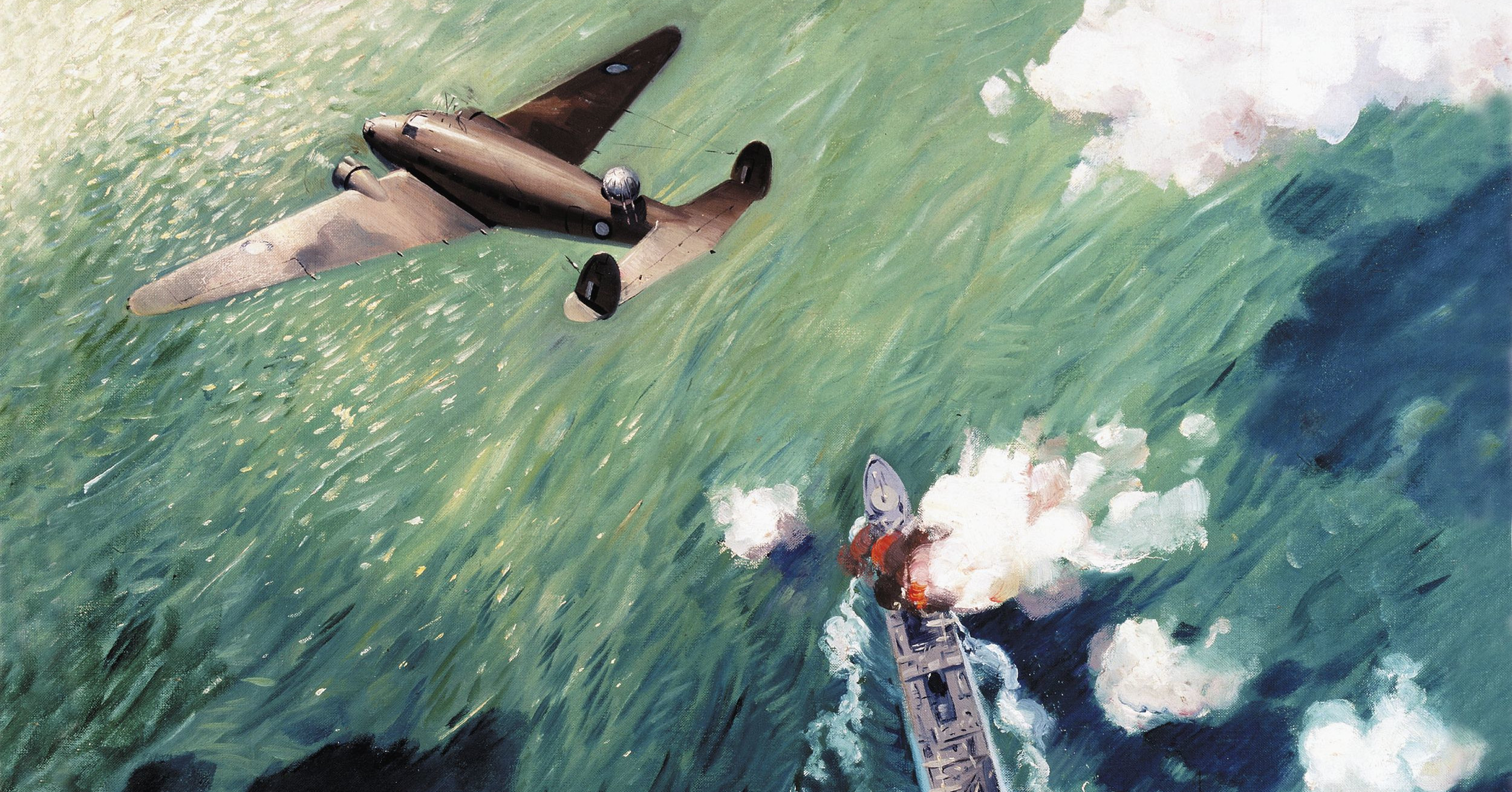
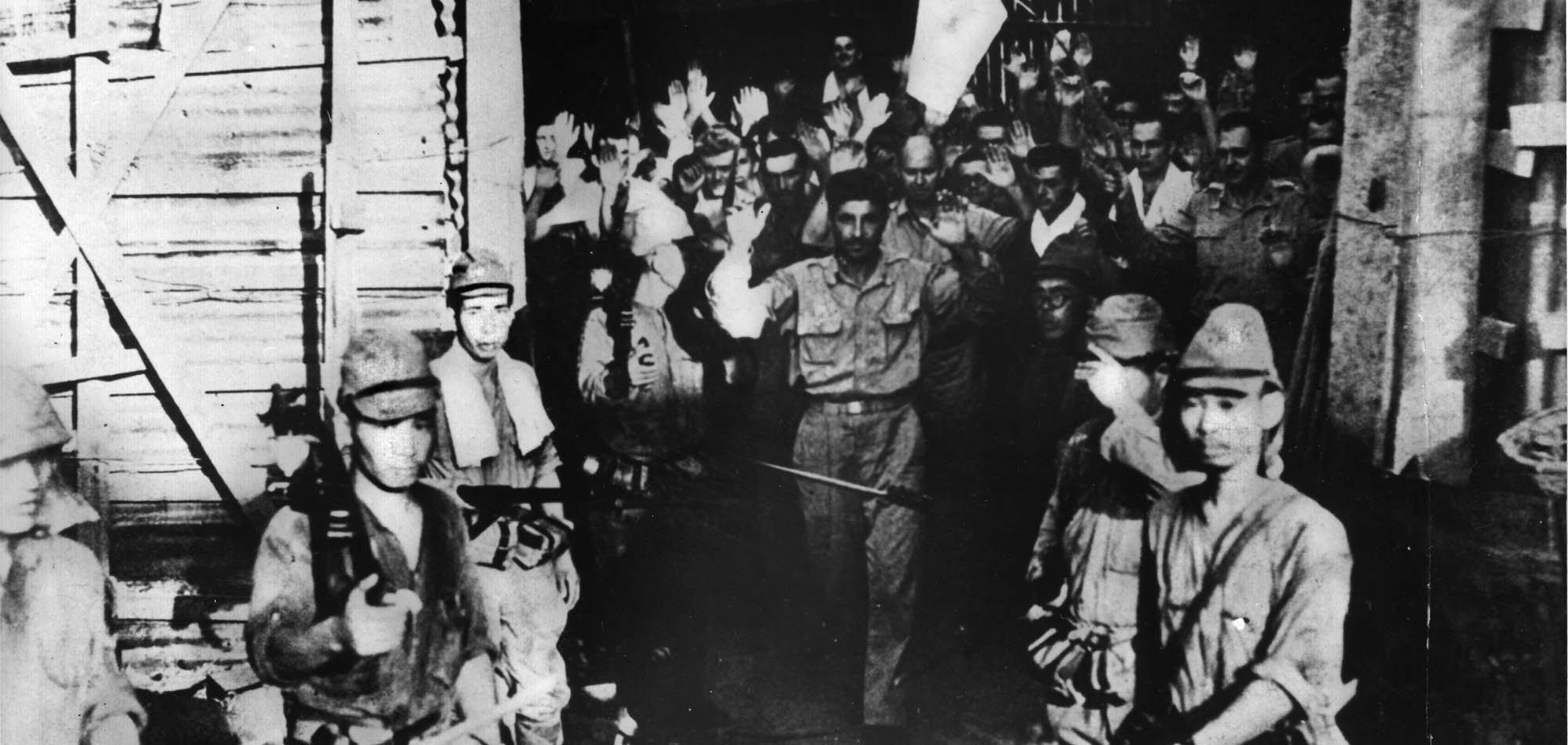

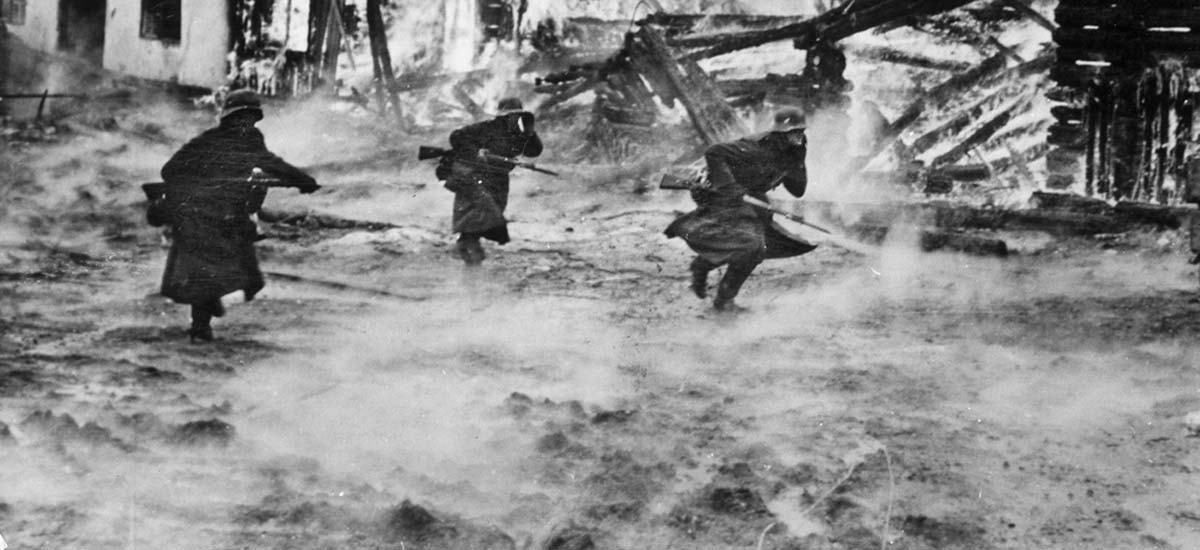
Join The Conversation
Comments
View All Comments